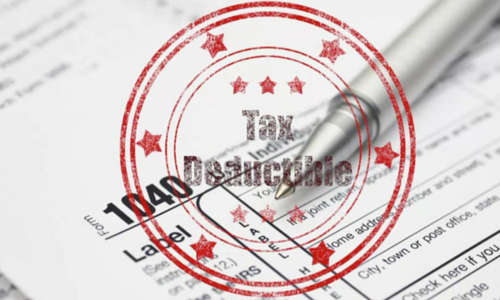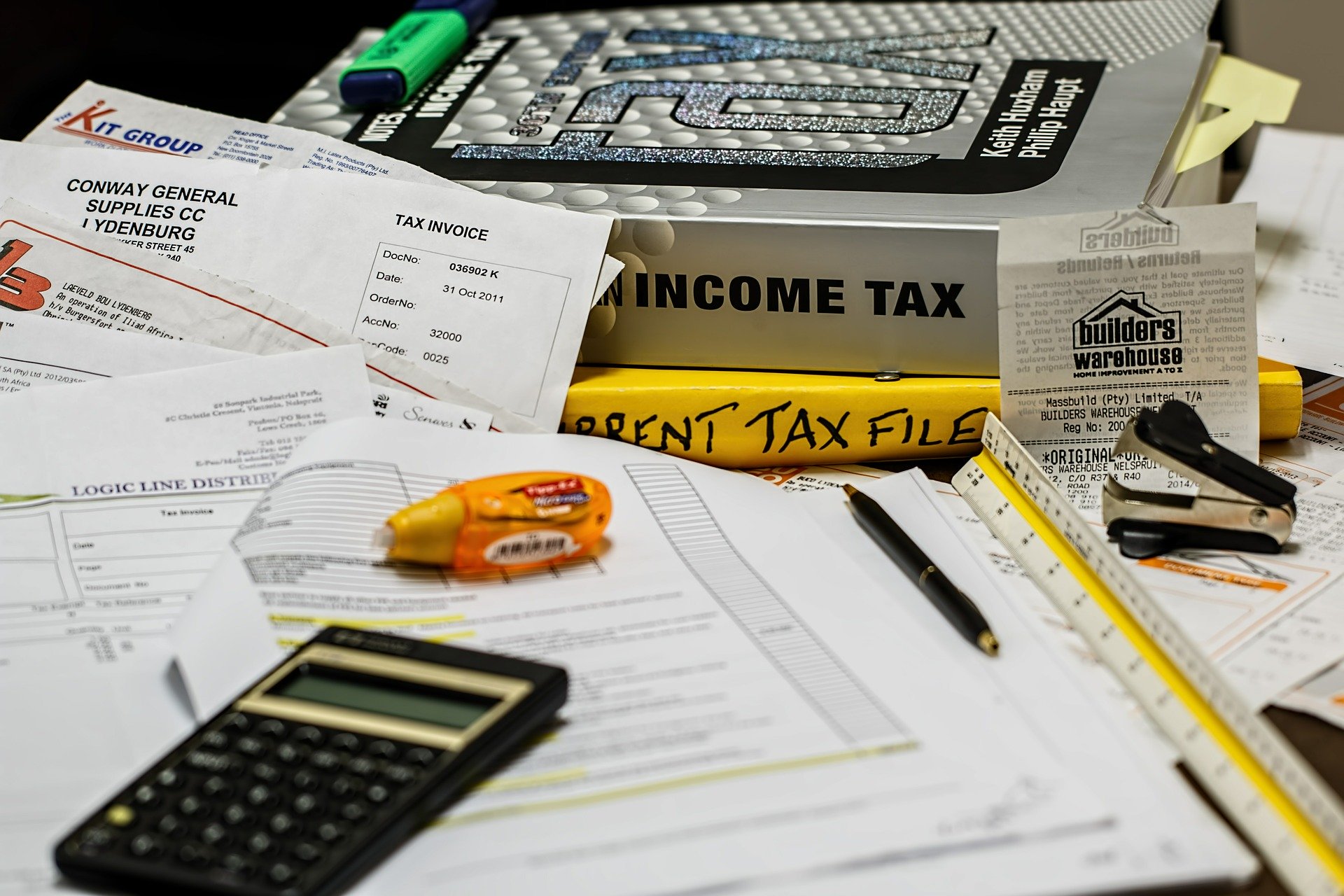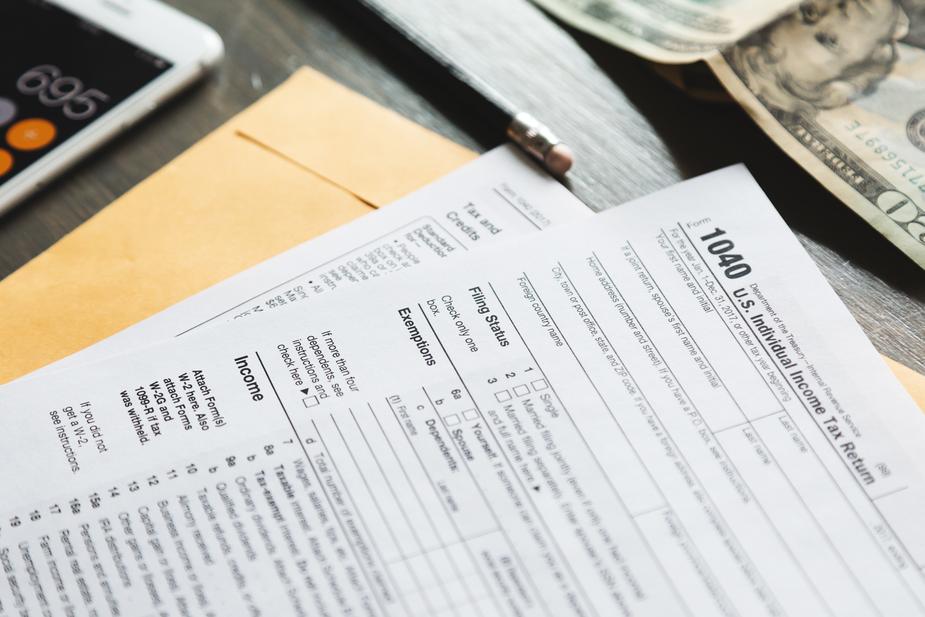If you have a vested balance in your 401(k) and your plan allows borrowing against that balance, you can borrow from your own retirement savings and pay it back over a 5-year period. Sometimes this makes sense, and sometimes it doesn’t. A number of factors need to be considered.
How borrowing from your 401(k) works
Your plan may have different stipulations, but general guidelines from the IRS state that you can borrow a maximum of $50,000 or 50% of your vested balance, whichever is less, and you have up to 5 years to repay the loan with interest to avoid tax and penalties from early withdrawal if you are under 59½ years old. If the withdrawal is for a primary residence, you have more than 5 years to repay.
When you pay interest, which is set by your plan, the money goes back into the fund you’ve withdrawn from so, essentially, you are paying yourself. However, just because you’re borrowing from yourself does not mean you can repay whenever you want within 5 years. The IRS stipulates that you must pay “substantially equal payments that include both principal and interest and that are paid at least quarterly.”
When borrowing from your 401(k) may be the right choice
Borrowing from your own 401(k) does not involve a third-party lender and, therefore, does not require a credit history review. Further, some plans allow you to repay through payroll deductions, offering you a convenient repayment option.
A personal loan or home equity loan may have substantially higher interest rates than that of your 401(k) plan. Additionally, the interest you pay back to yourself could offset some lost earnings from the borrowed balance that is not there to grow, and if the rate of return on your plan is currently less than the rate of interest you would pay on a loan, there may be a cost advantage for borrowing from the 401(k). This is more likely to be the case if you are looking to borrow during a weak market.
All of this should, of course, be discussed with your tax advisor who will help you calculate the effects of the withdrawal.
Caveats about borrowing from your 401(k)
While paying yourself interest and avoiding a credit check sound like good things, there are some real risks to borrowing against your 401(k). You and your tax advisor need to look closely at your situation and your plan’s rules to decide if it is the right choice for you.
If your plan does not allow you to make contributions to your 401(k) while you have an outstanding loan, you will lose more than the earnings and growth on the amount you borrowed – you’ll lose it on all the money you would have contributed during those years. Further, if your employer offers matching contributions and you are not contributing, you may lose your employer’s contribution, as well. These factors could have a very significant negative impact on the growth of your retirement nest egg.
Another problem arises if you change jobs or are laid off while you have an outstanding balance. If you’re under 59½, you have until tax day of that tax year to either repay the balance or roll it over into another 401(k) to avoid the loan being treated as an early withdrawal. In such a case, you would pay taxes and a 10% penalty on the balance.
Because of the potential for serious financial damage caused by borrowing from a 401(k), be sure to discuss this option with your tax accountant or financial planner. In some instances, borrowing from yourself is the best option. But in many cases, it is not. Give us a call here at Koelle and Associates, CPA to help you determine what is best in your situation. We’ve been serving Willow Grove, PA and surrounding areas for over 30 years.





